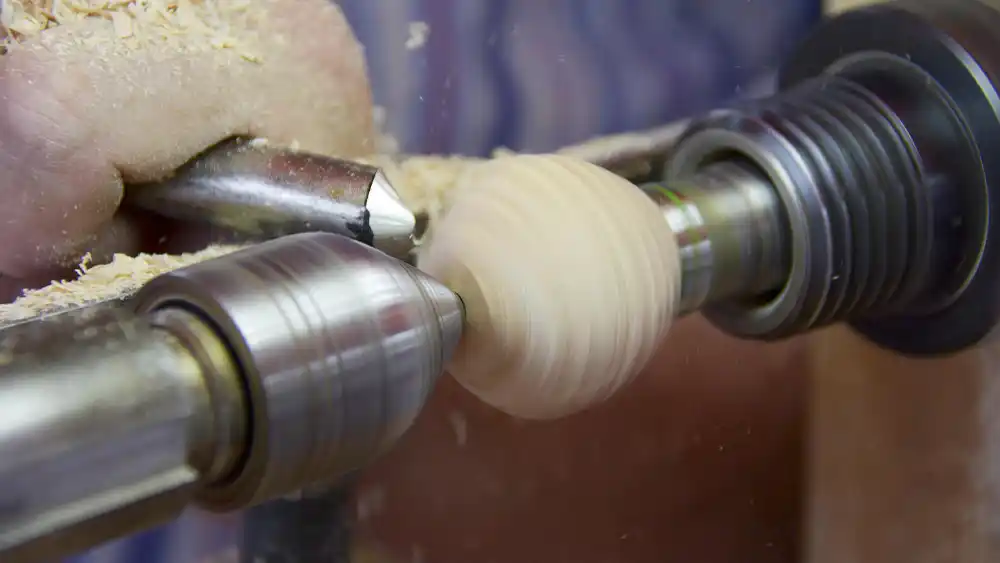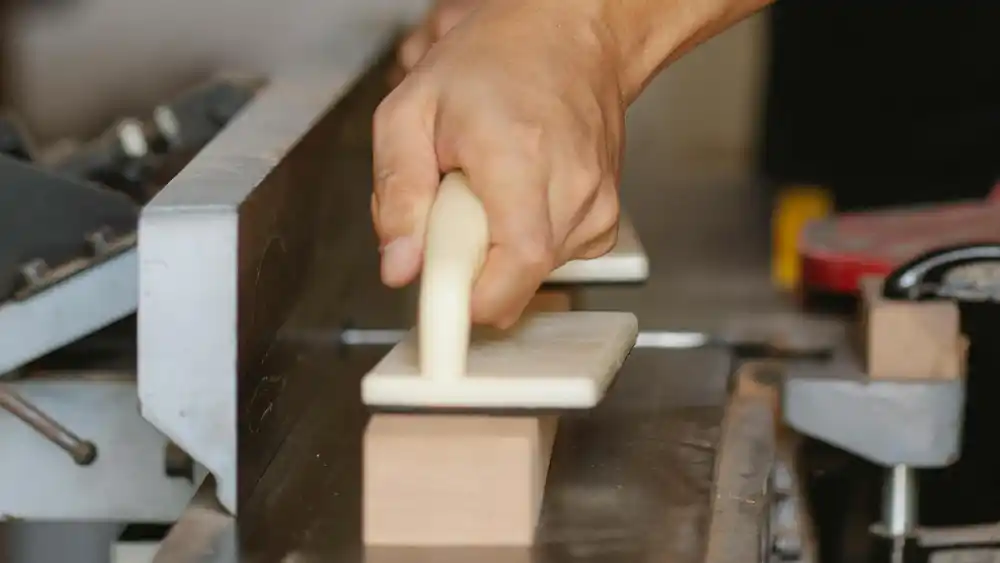Top Woodworking Tools Every Woodworker Should Own

When it comes to materials that are incredible for their renewal and sustainable benefits, few can compare to the outstanding wood. The versatility in purpose, durability, and aesthetic value it’s got make it a go-to choice for a range of uses, be they of residential, commercial, or industrial nature.
When responsibly sourced and processed with premium woodworking machinery like saws, planers, jointers, drills, lathes and the like designed with precise cutting and processing technologies, it also makes for waste reduction and low environmental impact as a result. And then, there’s also the fact it’s the kind of process that makes it beneficial for one’s overall health and well-being too.
From providing the medium to channel your creativity and improving mental sharpness while reducing stress to boosting fine motor skills, hand-eye coordination, physical dexterity and cardiovascular health; woodworking truly is the perfect hobby if you’re looking for mental stimulation with physical engagement.
What Tools Does Every Woodworker Need?
To ensure precision and quality of work throughout the whole woodworking process, regardless of whether you’re a pro or DIY woodworker, you require basic hand tools as the perfect foundation. However, that’s certainly not all there is to this activity/hobby. Aside from essentials like tape measure, utility knife, pencil, hammer, chisel, level, hand plane, screwdriver and nail set, all properly stored at the workbench, there’s also the need to acquire top-notch woodworking machinery.
Sure, it may cost more than the hand tools upfront, but over time when you calculate benefits like taking care of the production with high standards and speeding up the process, you come to see how great of an investment it can be. Add to this its versatility, enabling you to use it for various projects (e.g. tables, chairs), and the boost in accuracy, efficiency, and safety, and the advantages far outweigh the initial costs. Here are a few staples you might consider buying:
1. Saws

As there are different cutting tasks, there’s a range of saws as the cutting wood machine made for these specifics, so you can choose according to your project and the step you’re working on. There are:
- Circular Saws: While its basics are like those of a hand saw, a circular saw can provide you with faster and more accurate straight cuts. For bigger and longer pieces of timber, there’s the circular saw mounted on a sliding horizontal arm known as a radial arm saw.
- Mitre Saws: Sure, there’s the mitre box, but once you’ve tried using mitre saws and seen their quick and precise crosscuts and angled cuts, there’s no going back.
- Jigsaws: In case you need the kind of cutting tool that’s fit for more delicate and intricate shapes and details, then this is the type to consider.
- Table Saws: This type is basically a stationary power tool as it consists of a circular blade on a table. It’s a design made for dadoes, rip cuts and crosscuts with utmost accuracy.
2. Drills

If you want to speed up your manual drilling step, and benefit from increased control and precision while doing so, then look no further than drill presses. These are a type of wood machine that’s known for its versatility as you can use it to drill holes in various pieces and even materials besides wood. Giving you the flexibility to adjust the press’s depth as well as speed, you can use it for pilot holes, countersink holes, tenons, mortises and rabbets.
3. Sanders
When the time comes to clean, polish or smooth a surface on the wood piece, this calls for the help of sanders. These power tools are equally useful for a task like finish prep. The three options you have are:
- Disc Sanders: As one of the most common woodworking types, this power tool consists of sanding discs that are crucial for grinding and smoothing surfaces. Besides wood, you can also use it with metal, as much as plastic and composites.
- Belt Sanders: As the first step in wood smoothing, belt sanders are essential for flattening rough timber, as well as levelling uneven surfaces, perfect for prepping the piece for further and finer sanding with other techniques and machinery.
- Orbital Sanders: For smooth finish results with minimal marks of sanding, be sure to consider these sanders. Versatile and fit for both material removal and fine finish, they’re great if you’re working on tasks like paint removal. They provide a better result than manual sanding.
4. Routers

A woodworking router may be similar to the other tools already covered, as it’s meant for cutting, trimming, and shaping wood, however, what sets it apart from the rest is the high-speed motor. It makes for a unique function, which is hollowing out a surface area thanks to the spinning of the cutting part. As such, it’s much more versatile, and even more precise than some machines, like the jigsaws. You also have versatility in choice, as you can select from:
- Fixed-base router – This one is fit for beginners with the ease of use.
- Plunge router – This one comes with a spring-loaded base for adjustability.
- Combination router – As a combination woodworking machine, this is the best of both fixed-base and plunge router worlds.
- Trim router – This one is great for cutting and detailing.
5. Lathe
Although lathes are used in both metalworking and woodworking, the metal ones tend to be sturdier and usually run slower than the woodworking counterparts. When working on a piece, the wood lathe machine as the precision cutting tool comes in handy with shaping it. It consists of both a rotating and stationery tool. It’s equally helpful in tasks like turning, sanding, drilling and facing.
6. Jointer

It may not seem as important as the previous tools and machinery mentioned, but the jointer machine is necessary for making a flat surface (i.e. one face and one side) along a piece of board. It’s also great for squaring an edge, prep for planing, and removing twists. This last part makes it crucial particularly in cases when you’ve got a piece of wood that’s gone through some damage (like cupping or warping), saving you the cost as well as the waste.
7. Planer and Thicknesser
Okay, both of these are machines that are suitable for trimming pieces of the board material, but that doesn’t mean you could do without one or the other. Planers are usually fit for trimming just a bit of the material (e.g. sides of a door), whereas the thicknessers are better for wider cuts. When buying either, it’s important to consider planing width and depth, wattage and power source to make the right choice. In general, keep in mind these machines are useful for smoothing rough or uneven surfaces, levelling sides or ends, and chamfering – especially the case with planers.

news via inbox
Sign up and never miss out on the latest news and updates at HighStuff




